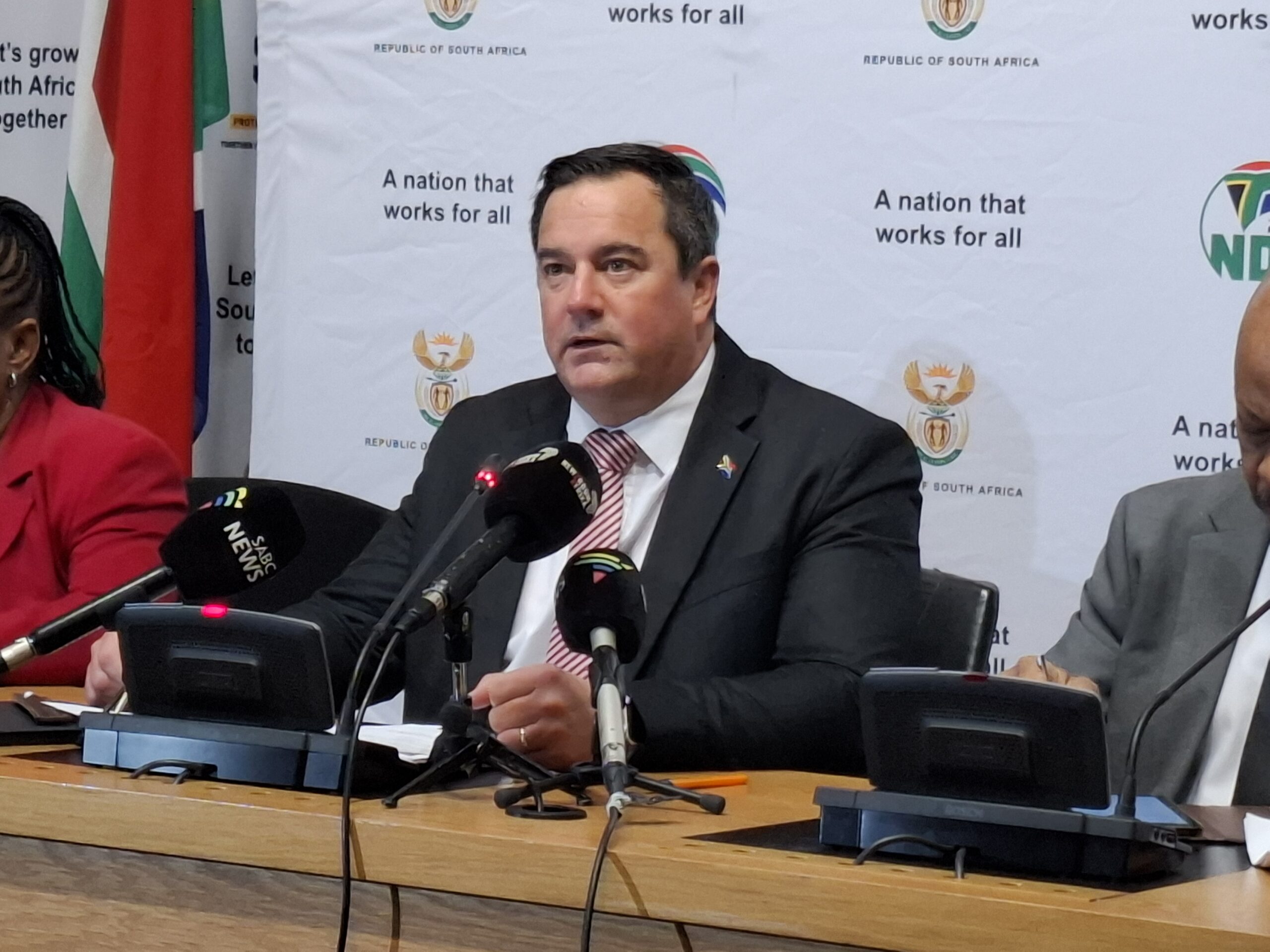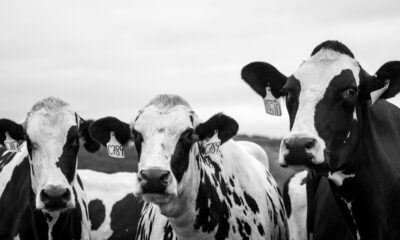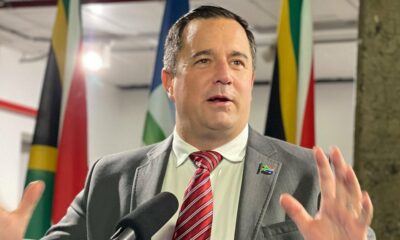News
SA Secures 900,000 FMD Vaccines as Outbreak Escalates Across Provinces

A R72 Million Push Against a Growing Threat
South Africa’s battle against Foot and Mouth Disease (FMD) has just taken a critical turn. The Department of Agriculture has procured 900,000 vaccine doses to fight back against the relentless spread of the livestock disease that has already scarred several provinces.
Minister of Agriculture John Steenhuisen broke the news this week, revealing that the vaccines, sourced from the Botswana Vaccine Institute at a cost of R72 million, are being rolled out in hotspots such as KwaZulu-Natal, Mpumalanga, Gauteng, North West, Limpopo, and the Free State.
The first 500,000 doses landed in June and have already been used. The remaining 400,000 were dispatched last week to provinces still reeling from unresolved outbreaks.
A Disease on the Move
Once thought to be largely contained within KwaZulu-Natal at the start of 2025, FMD has since spread to new regions, fuelled by livestock auctions and weak enforcement of movement controls. Today, 274 active outbreaks remain unresolved180 of them in KwaZulu-Natal alone. Gauteng sits at 54, North West at 26, Mpumalanga at nine, and the Free State at five.
“This virus moves as fast as people allow it to,” Steenhuisen warned, highlighting reports of infected cattle being moved or treated privately without proper reporting.
Farmers say auctions and informal trading hubs have become “super spreader events,” putting immense pressure on local vets and threatening rural economies already under strain.
Small Victories in a Larger Fight
It’s not all bleak. The Eastern Cape has recorded no new outbreaks since September 2024, and its Disease Management Area (DMA) was lifted in July 2025. Limpopo, once a major hotspot, cleared its last outbreak in 2023, with restrictions officially dropped this July.
The Northern Cape and Western Cape remain FMD-free, a lifeline for beef and dairy exporters in those regions.
These success stories, Steenhuisen said, prove that “partnership and discipline” can work when farmers, government, and industry pull together.
A Bigger Plan in the Making
In July, more than 400 farmers, vets, and industry leaders gathered for a high-level Bosberaad under the theme “Building a Resilient System to Fight Foot and Mouth Disease.”
The summit rejected calls to declare FMD endemic, citing the devastating impact such a label would have on South Africa’s trade and reputation. Instead, stakeholders backed a phased plan aligned with the Progressive Control Pathway (PCP).
This includes:
-
Stricter enforcement of biosecurity protocols.
-
The creation of a new local vaccine production facility (set to open March 2026), capable of producing 200,000 doses annually.
-
A new Industry–Government Task Team to streamline FMD prevention and response, reporting directly to value chain roundtables.
Farmers Called to Step Up
Beyond vaccines and policies, Steenhuisen placed responsibility squarely on livestock owners. He urged farmers not to move cattle showing signs of infection and to report cases instead of treating them quietly.
“Biosecurity is everyone’s responsibility,” he stressed. “Every time an infected animal is moved, we set ourselves back. We cannot afford to let negligence turn FMD into a permanent feature of our farming landscape.”
Why It Matters Beyond the Farm Gate
For everyday South Africans, this may feel like a farmers-only problem, but the ripple effects are national. FMD outbreaks choke meat exports, drive up beef and dairy prices, and threaten thousands of rural jobs. If left unchecked, it could carve deep holes in South Africa’s economy and food security.
Social media has reflected this urgency. Farmers’ unions have applauded the government’s procurement of vaccines, but many remain wary. “Vaccines help, but enforcement is everything,” one user commented on Facebook. Another posted, “We can’t vaccinate our way out if farmers ignore the rules.”
With 274 outbreaks still active, the crisis is far from over. But with vaccines on the ground, a local production facility in sight, and growing industry, government collaboration, there is a fighting chance to protect South Africa’s livestock industry.
The next few months will be decisive: whether communities rally behind biosecurity laws or whether short-term choices undo the progress made so far.
South Africa’s livestock industry stands at a crossroads. Vaccines provide hope, but discipline and cooperation will decide whether the country beats FMD or learns to live with it.
{Source: IOL}
Follow Joburg ETC on Facebook, Twitter , TikTok and Instagram
For more News in Johannesburg, visit joburgetc.com



























